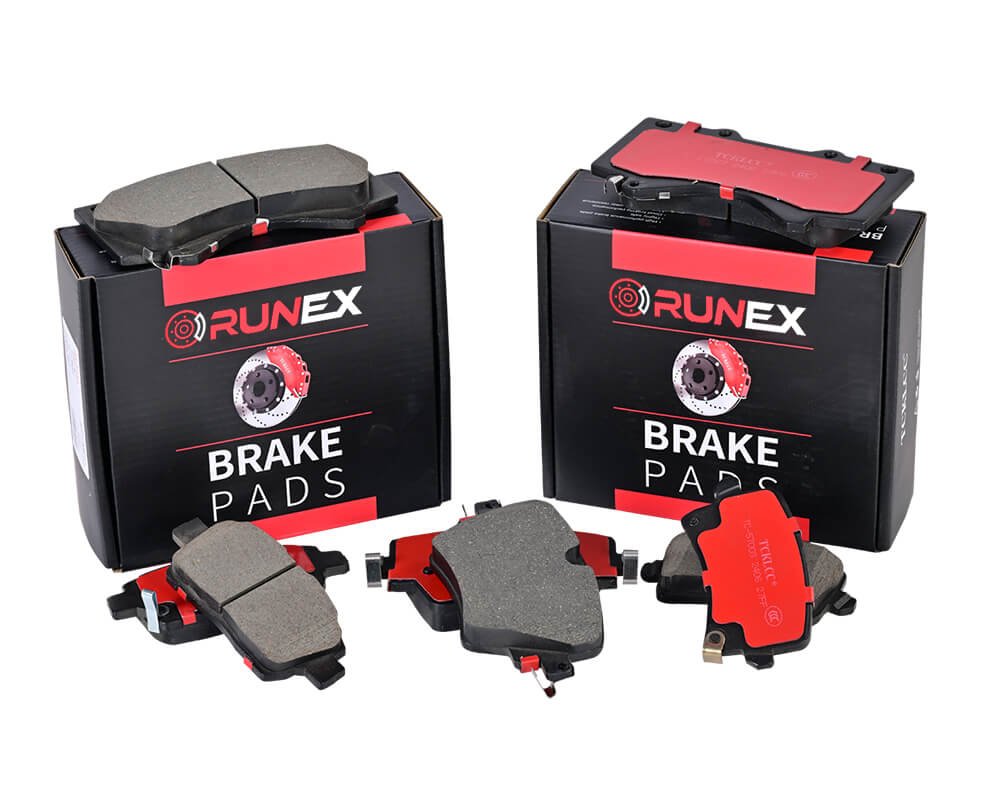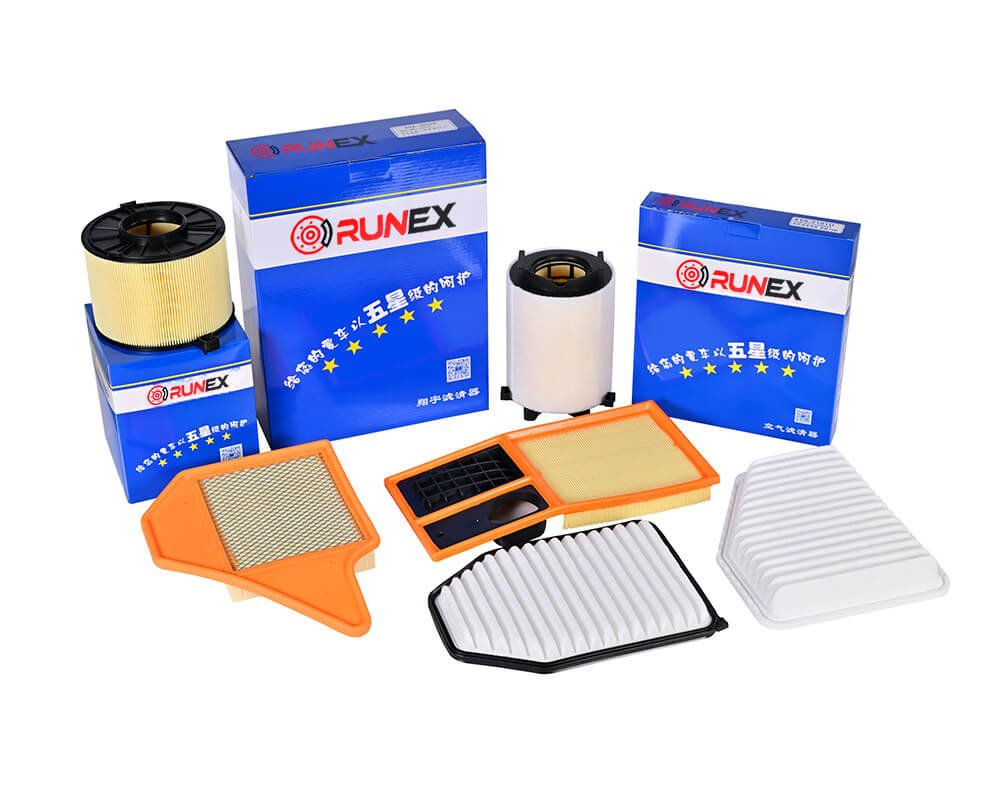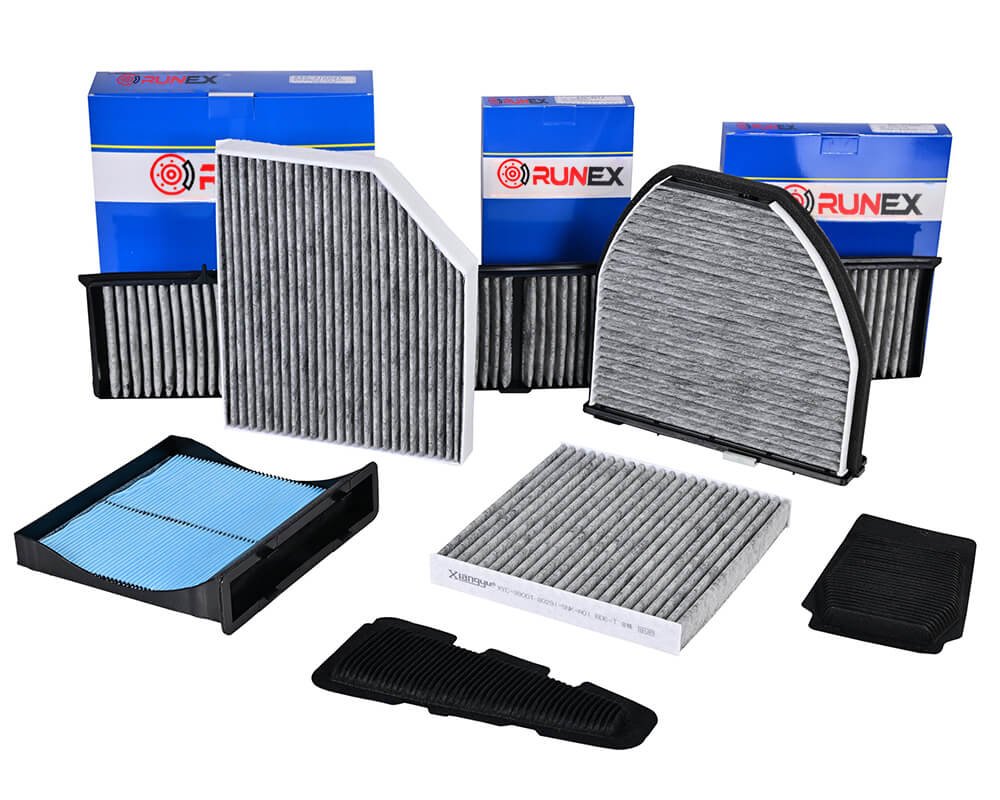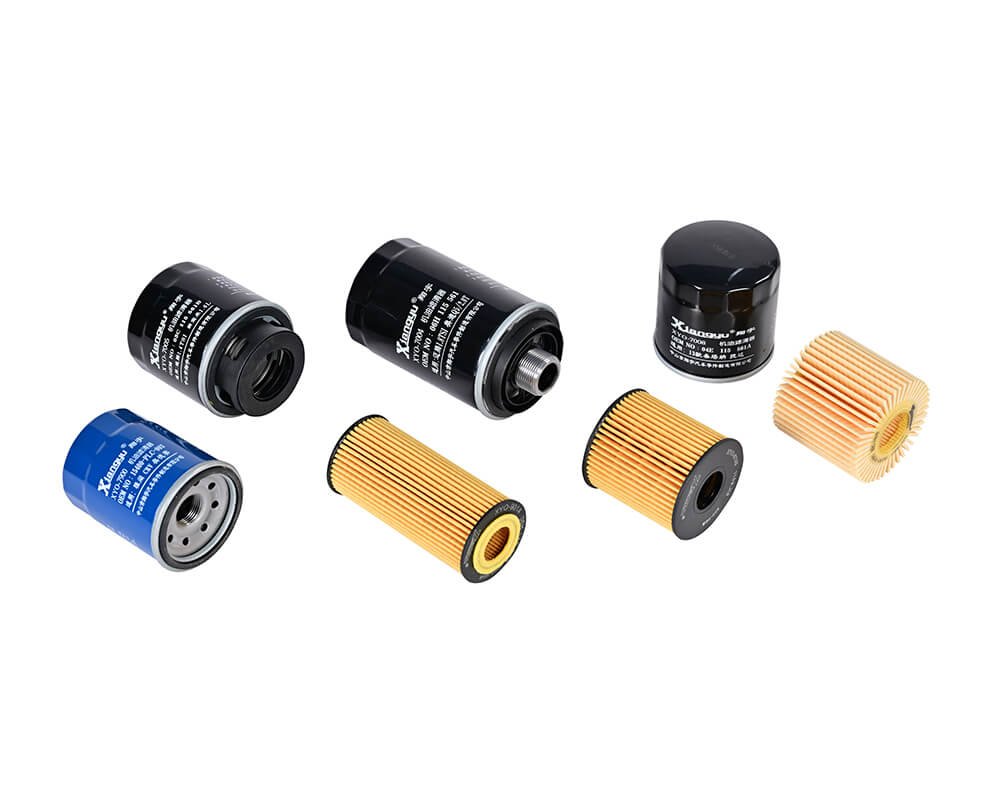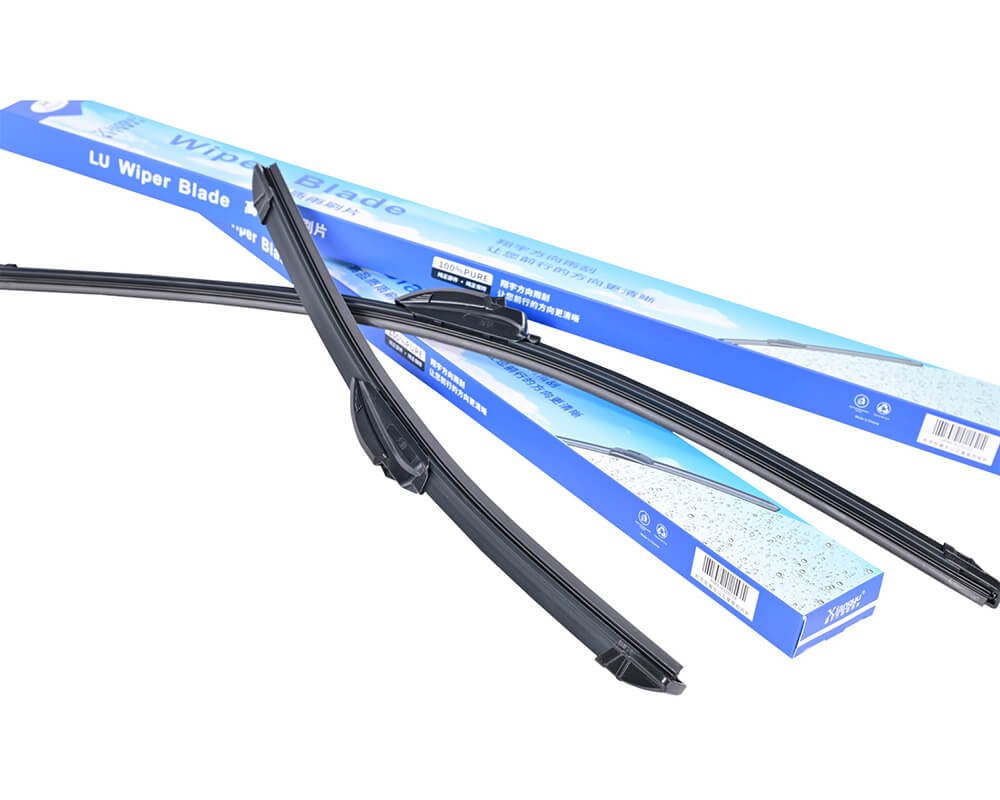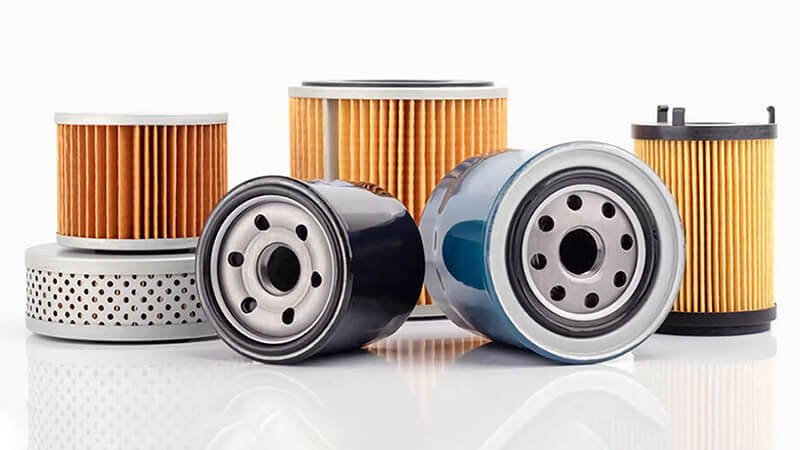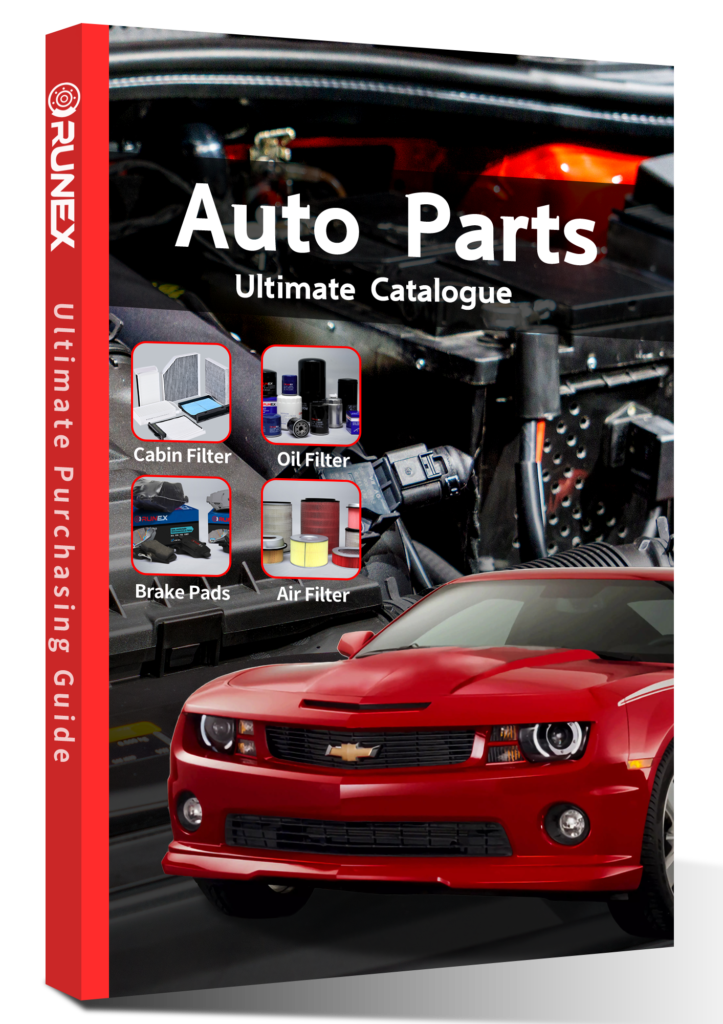Replacing front brake pads and rotors is essential for maintaining your vehicle’s safety and performance. But how long does this process take? Whether you’re doing it yourself or taking it to a mechanic, understanding the time involved can help you plan better.
For a DIYer with some mechanical experience, replacing front brake pads and rotors usually takes 1 to 2 hours. A professional mechanic can complete the job in 30 minutes to 1 hour, depending on the vehicle and the complexity of the brake system.
Now that we have an overview, let's dive deeper into the specifics of how long the job takes, and what factors might influence the time required for a brake pad and rotor replacement.
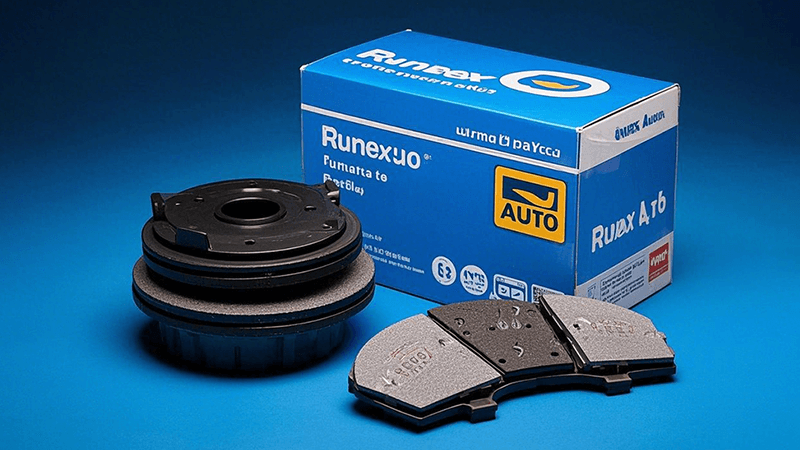
How Many Hours of Labor to Replace Brake Pads and Rotors?
When you take your car to a professional mechanic, one of the first questions you may have is how many hours of labor it will take to replace the brake pads and rotors. The answer depends on the make and model of your vehicle, as well as the mechanic’s experience.
On average, a professional mechanic will take around 30 minutes to 1 hour to replace the brake pads and rotors. However, this can vary depending on the vehicle’s specific requirements and the complexity of the braking system.
The amount of time it takes a mechanic to replace brake pads and rotors can vary based on several factors, including the type of vehicle, the condition of the braking system1, and the mechanic's skill level2.
Factors Affecting Time:
-
Vehicle Type and Model:
- Different vehicles have different braking systems. High-performance or luxury vehicles may require more time for the mechanic to disassemble and replace the brake components. Some vehicles have more complex braking systems that require special tools or additional steps, such as dealing with electronic parking brakes.
-
Condition of the Vehicle:
- If the vehicle has been on the road for a long time, corrosion or rust may make it harder to remove the old brake pads and rotors3. Mechanics might spend extra time dealing with seized bolts or rusted components.
-
Parts Accessibility:
- Some vehicles have easy-to-access brake systems, while others require additional steps to remove parts like the wheel hubs or calipers. This can add to the total time for replacing the pads and rotors.
-
Additional Services:
- If the mechanic needs to perform additional tasks, such as bleeding the brake system or resurfacing the rotors, this will increase the time. Bleeding brakes can add another 30 minutes to 1 hour to the job, depending on the complexity of the system.
Here’s a breakdown of common scenarios:
| Vehicle Type | Estimated Labor Time | Notes |
|---|---|---|
| Standard Sedans | 30 - 60 minutes | Most common vehicles, quick and straightforward job |
| SUVs & Trucks | 60 - 90 minutes | May involve larger components and additional weight |
| Performance Vehicles | 1 - 2 hours | More complex systems and higher performance parts |
| Older/Corroded Vehicles | 1 - 2 hours | Rust or corrosion can extend time |
Understanding these factors can help set realistic expectations when it comes to labor costs and timeframes for your brake replacement.
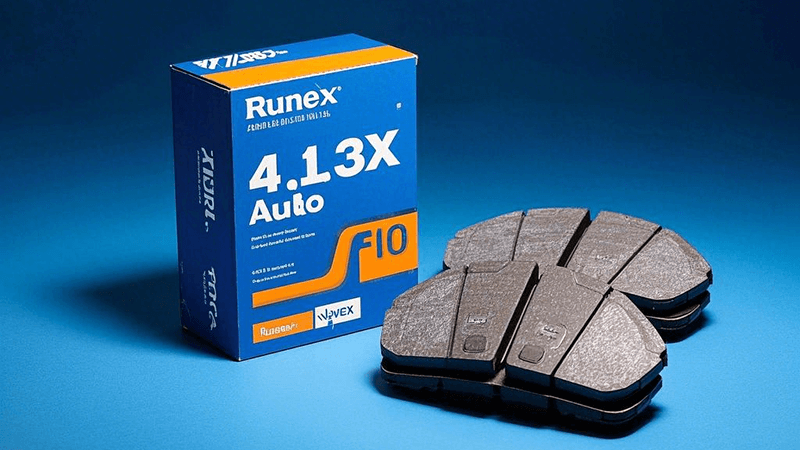
How Long Does It Take a Mechanic to Change Brake Pads and Discs?
If you’re wondering how long it will take a mechanic to change both your brake pads and rotors, the process can be quick, but there are factors that might extend the time. Let's look at what goes into this procedure.
Typically, a mechanic can change both the brake pads and rotors in 30 minutes to 1 hour, though factors like the vehicle’s make and model, additional maintenance needs, and brake system complexity may increase the time.
When a mechanic replaces both the brake pads and rotors4, it involves a more detailed process than simply replacing the pads. Here's a breakdown of the steps involved in changing both components:
Steps for Changing Brake Pads and Rotors:
-
Lift the Vehicle and Remove the Wheels:
- The first step involves safely lifting the vehicle and removing the wheels. This is usually a quick task, but the mechanic needs to ensure the car is securely raised and supported before proceeding.
-
Remove Old Brake Pads and Rotors:
- The mechanic will unbolt the caliper assembly and remove the old brake pads. If the rotors are also being replaced, the mechanic will need to remove the bolts that hold the rotor in place. In some cases, if the rotors are stuck due to rust, they may need extra effort to remove.
-
Install New Brake Pads and Rotors:
- The new brake pads and rotors are carefully installed. The mechanic must ensure that the pads are aligned correctly and that the rotor is properly seated on the wheel hub.
-
Reassemble and Test the System:
- Once the new parts are in place, the mechanic will reassemble the components, including the caliper and wheel assembly. After everything is reassembled, they will test the braking system5 to ensure everything is working properly.
In total, the replacement of both pads and rotors generally takes around 30 minutes to 1 hour for a straightforward vehicle. However, additional tasks like rotor resurfacing, bleeding the brakes, or dealing with difficult parts could extend the time.
| Task | Estimated Time | Notes |
|---|---|---|
| Lift Vehicle & Remove Wheels | 10 - 15 minutes | Basic setup and removal of tires |
| Remove Brake Pads & Rotors | 15 - 30 minutes | Depending on rust and wear |
| Install New Parts | 15 - 30 minutes | Careful alignment and installation |
| Test Braking System | 10 - 20 minutes | Includes test drive and brake check |
Understanding the time involved in each step can help you anticipate the overall time to replace both brake pads and rotors.

What Is the 30/30/30 Rule for Brakes?
You might have heard of the 30/30/30 rule when it comes to brake maintenance. But what exactly does this mean, and how can it help you stay on top of your vehicle’s brake performance?
The 30/30/30 rule refers to checking your brake pads and rotors every 30,000 miles. The idea is to replace the pads every 30,000 miles, rotors every 60,000 miles, and fluid every 30,000 miles, depending on driving conditions.
The 30/30/30 rule is a general guideline that recommends regular inspection and replacement of key brake components at certain intervals. However, it's important to note that this rule can be adjusted based on your specific driving conditions.
Explanation of the Rule:
-
Brake Pads Every 30,000 Miles6:
- Brake pads typically need replacement every 30,000 miles, though this depends on factors like driving habits, vehicle weight, and brake pad material. For example, driving in heavy traffic or mountainous areas may wear out your pads faster.
-
Brake Rotors Every 60,000 Miles7:
- Rotors can last longer than pads, often up to 60,000 miles. However, if the rotors are worn unevenly, or if you notice vibrations when braking, they may need to be replaced or resurfaced sooner. Some vehicles require rotor replacement more frequently if they use high-performance parts.
-
Brake Fluid Every 30,000 Miles8:
- Brake fluid is essential for the hydraulic system of your brakes. Over time, it can absorb moisture and lose its effectiveness. It’s crucial to replace brake fluid every 30,000 miles to maintain the efficiency and safety of the braking system.
Adjusting the Rule Based on Driving Conditions:
- City Driving: Frequent stops and heavy braking can lead to quicker wear of brake pads, so you may need to replace them sooner than the standard 30,000 miles.
- Highway Driving: If you do a lot of highway driving, your brake pads may last longer due to less frequent braking. The rotors may last close to their full lifespan.
- Towing or Heavy Loads: Towing or carrying heavy loads can increase brake wear, requiring earlier replacement of brake pads and rotors.
Here’s a quick guide for adjusting the 30/30/30 rule based on driving conditions:
| Driving Condition | Adjusted Pad Replacement Interval | Adjusted Rotor Replacement Interval | Adjusted Fluid Change Interval |
|---|---|---|---|
| City Driving | Every 20,000 - 25,000 miles | Every 50,000 miles | Every 25,000 miles |
| Highway Driving | Every 40,000 miles | Every 70,000 miles | Every 40,000 miles |
| Towing or Heavy Loads | Every 20,000 - 30,000 miles | Every 50,000 - 60,000 miles | Every 30,000 miles |
By adjusting the 30/30/30 rule to your driving conditions, you can help ensure your braking system is always in optimal shape.
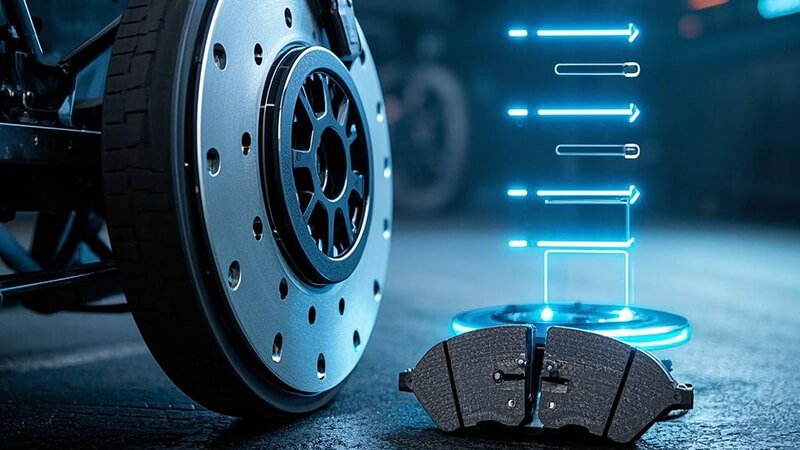
How Long Can I Drive My Car with Bad Brakes and Rotors?
It’s tempting to keep driving when your car’s brakes are starting to show signs of wear, but how long can you drive with bad brakes and rotors? Let’s take a look at the risks involved.
It’s never safe to drive with bad brakes and rotors. While it’s possible to drive short distances, continued use of damaged braking components can lead to complete brake failure and pose serious safety risks.
Driving with bad brakes and rotors is risky and should be avoided at all costs. Here’s why:
Risks of Driving with Bad Brakes:
-
- The most obvious risk of driving with worn-out brake pads or damaged rotors is reduced stopping power. As your brake pads wear down, they lose their ability to create friction. If the rotors are damaged, they can also fail to effectively slow your vehicle.
-
Increased Stopping Distance:
- Worn-out brake components can significantly increase the distance it takes for your vehicle to stop. This could be dangerous in emergency situations when every second counts.
-
- In extreme cases, if the brake pads are too worn or the rotors are severely damaged, the braking system may fail completely, leading to a loss of control and a potential accident.
Signs You Need to Replace Your Brakes:
- Squeaking or Grinding Noises11: These noises indicate that the brake pads are worn down and are no longer providing adequate friction.
- Vibrating Brake Pedal: If the brake pedal shakes when pressed, it could indicate warped rotors.
- Soft Brake Pedal: A soft or spongy brake pedal could indicate air in the brake lines or low brake fluid levels.
It’s best not to delay replacing your brakes, as the consequences of driving with bad brakes can be catastrophic. Always get your brakes checked at the first sign of trouble.

Conclusion
In conclusion, replacing front brake pads and rotors12 is a task that requires time, expertise, and attention to detail. Depending on whether you’re doing it yourself or taking it to a mechanic, it can take anywhere from 30 minutes to 2 hours. Regular maintenance, including following the 30/30/30 rule, is crucial for keeping your vehicle safe and running smoothly. Don’t ignore your brakes—take care of them before it’s too late.
-
Learn about how the state of your braking system can influence repair times, which is crucial for planning your vehicle maintenance effectively. ↩
-
This resource will provide insights into how a mechanic's experience can impact the efficiency and quality of brake replacements, helping you choose the right professional. ↩
-
Explore this link to understand the typical timeframes and factors influencing brake pad and rotor replacement, ensuring you're well-informed for your vehicle's needs. ↩
-
Explore this resource to understand the detailed process and best practices for replacing brake pads and rotors, ensuring safety and efficiency. ↩
-
Learn about the essential steps to test a braking system post-replacement, ensuring your vehicle's safety and performance. ↩
-
Understanding the signs of worn brake pads can help you maintain your vehicle's safety and performance. Explore this link for detailed insights. ↩
-
Learn about the lifespan of brake rotors and factors affecting their longevity to ensure your vehicle's braking system is reliable. ↩
-
Discover the critical role of brake fluid in your vehicle's safety and performance, and why regular changes are essential. ↩
-
Understanding the dangers of reduced stopping power can help you prioritize brake maintenance for safety. ↩
-
Learning about the causes of complete brake failure can help you avoid serious accidents and ensure your vehicle's safety. ↩
-
Discovering the meaning behind these noises can prompt timely brake repairs, enhancing your driving safety. ↩
-
Runex Auto has different brands of brake pads,, clicking here to get your best products for your business. ↩



